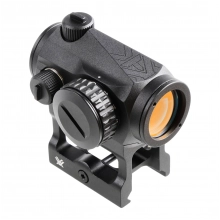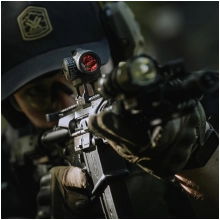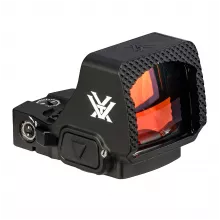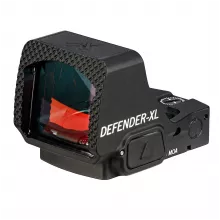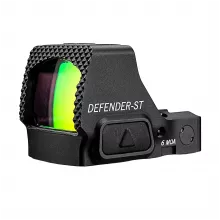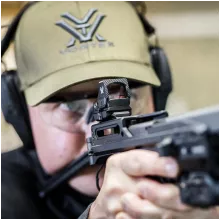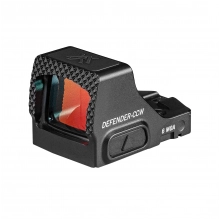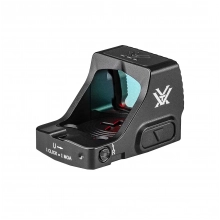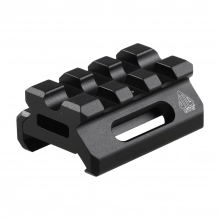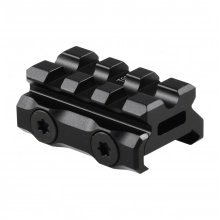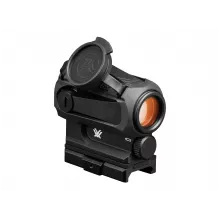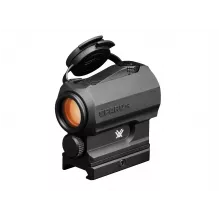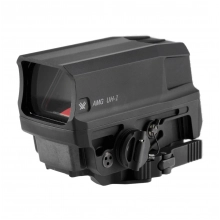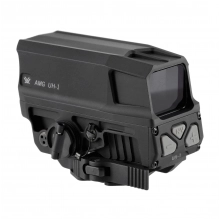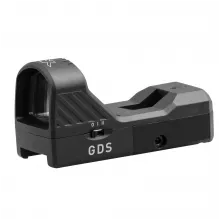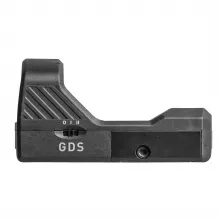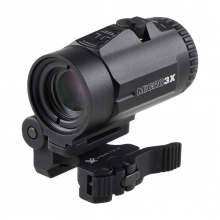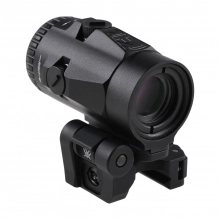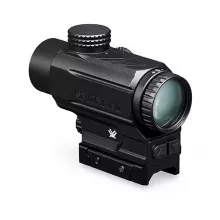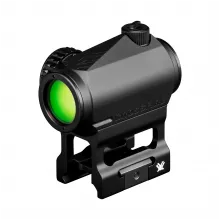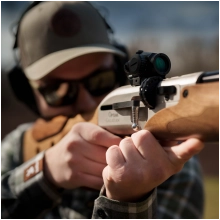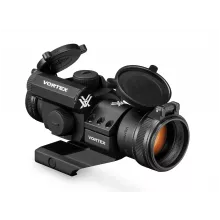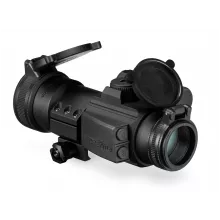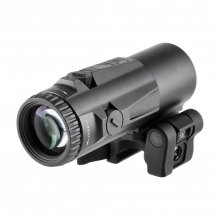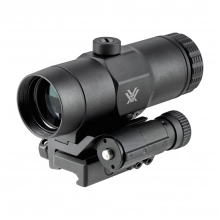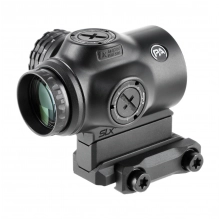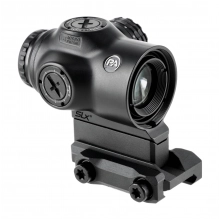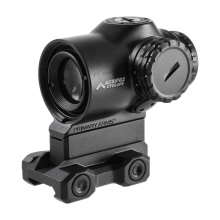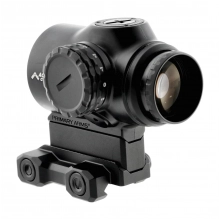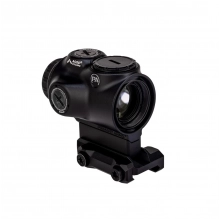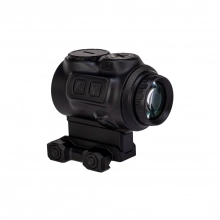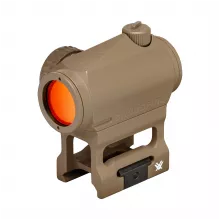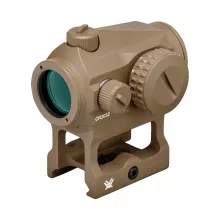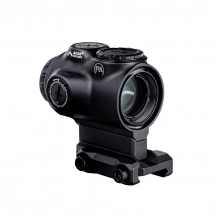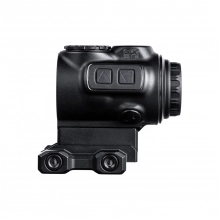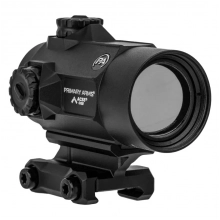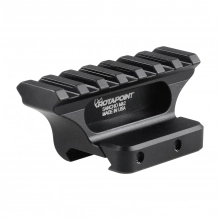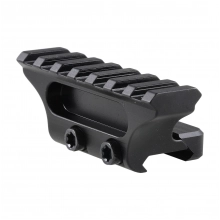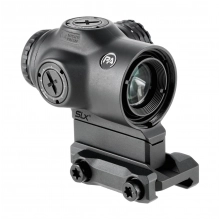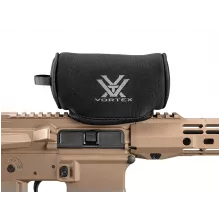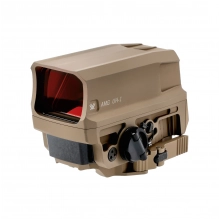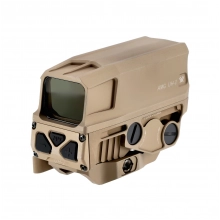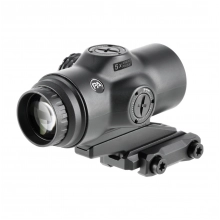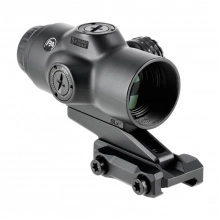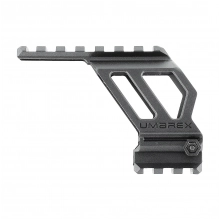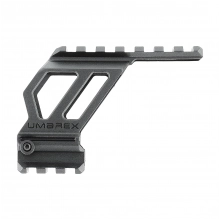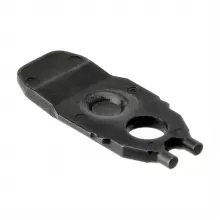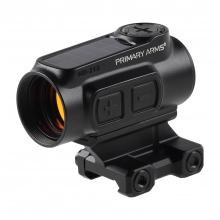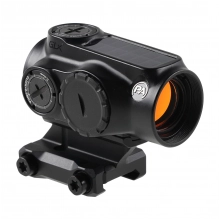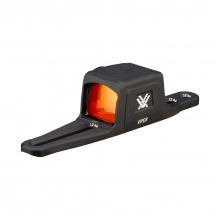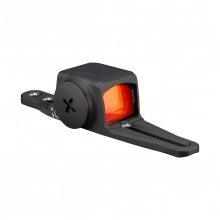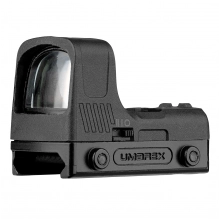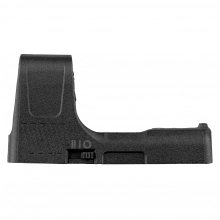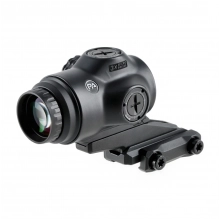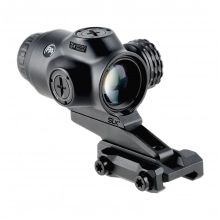Red dot sights
Red dot sights
999,00 zł
-17%
1 209,00 zł
24h shipping
Frequently Asked Questions
1️⃣ What is a collimator?
A collimator is a targeting optoelectronic device that effectively replaces the bow tie and the sights. Thanks to the collimation phenomenon, the optical system (diode or laser) projects the aiming point on the lens, which is enough to aim and shoot. Unlike mechanical aiming devices, the collimator allows for binaural aiming and does not require exact alignment of the musket with the sorrel. Collimator sights have minimal parallax error and allow for any distance between the eye and the lens. The ease of aiming with a collimator, the ability to instantly enter the target, maintain a wide field of view and situational awareness - it is due to these features that collimator sights are now widely used in the military, by sport shooters, hunters and recreational shooting enthusiasts.
2️⃣ How to set the collimator?
Adjusting the collimator is a relatively simple operation. A collimator sight usually has two screws that are used to mechanically adjust the vertical and horizontal axes. Once the sight is mounted on the weapon, the aiming point must be aligned with the hit point. To adjust the collimator, dedicated shooting targets for zeroing or laser cartridges to trim the weapon can be helpful. The brightness of the target mark illumination should also be set in the collimator. In many modern collimators, an automatic brightness adjustment function is available, depending on the ambient light. When using a collimator for daytime shooting, the brightness of the collimator should always be much higher than when shooting in residual light. Some collimator models also have the ability to change the color and shape of the aiming mark, allowing us to better adjust the device to our preferences.
4️⃣ How does the collimator work?
A collimator is a targeting optoelectronic device that effectively replaces the bow tie and the sights. Thanks to the collimation phenomenon, the optical system (diode or laser) projects the aiming point on the lens, which is enough to aim and shoot. Unlike mechanical aiming devices, a collimator allows for binaural aiming and does not require exact alignment of the musket with the sorrel. Collimator sights have minimal parallax error and allow for any distance between the eye and the lens. The ease of aiming with a collimator, the ability to instantly enter the target, maintain a wide field of view and situational awareness - it is due to these properties that collimator sights are now widely used by the military, sport shooters, hunters and recreational shooting enthusiasts.
3️⃣ Which collimator for a shotgun?
What features should a collimator for a rifle meet? First of all, it should have a durable design resistant to the recoil of a smoothbore weapon, a lightweight and compact body that does not restrict the field of view, and a robust mounting. If you want a really lightweight and minimalist design, consider buying a collimator with an open design, such as the Vortex Razor or Venom. Having a smaller budget, we can choose one of the AT3 collimator models, e.g. RD50 2 MOA or Tactical ARO 3 MOA. Regardless of our choice, it is worth remembering that a rifle collimator should withstand recoil min. 4000 J, should have a low-profile design and a large range of illumination brightness, necessary for shooting in strong sunlight.
5️⃣ Which collimator for the ar15?
What features should a collimator for an AR15 carbine meet? First and foremost, a collimator for the AR15 should have a recoil-resistant design, reliable optics and a suitable mounting height. The Kolba store offers collimator sights designed specifically for use with AR15 carbines. We are talking about Vortex Sparc, Vortex Crossfire, Spitfire AR 1× Prism Scope and Spitfire HD Gen II 5× Prism Scope sights. The Spitfire HD Gen II 5× Prism Scope series even uses the AR-BDC4 target reticle scaled for 5.56 ammunition. All Vortex collimators have a lifetime warranty and are extremely popular among AR15 users worldwide.
6️⃣ What kind of collimator for a rifle?
Many hunters mount a collimator for group hunting because of the ease and speed of target entry, high situational awareness and low weight of the sight. What features should a collimator for a hunting rifle meet. First of all, it should have a sturdy construction resistant to the recoil of a hunting rifle, a lightweight and compact body that does not restrict the field of view, and a solid mount. If you want a really lightweight and minimalist design, consider buying a collimator with an open design, such as the Vortex Razor or Venom. Having a smaller budget, we can choose one of the Crossfire collimator models. Regardless of our choice, it is worth remembering that a collimator for a rifle should withstand recoil min. 4000 J, should have a low-profile design and a large range of illumination brightness, necessary for shooting in strong sunlight.
7️⃣ What kind of collimator for a glock?
The first criterion for choosing a collimator for the gun will be how to mount it. If you have a Glock in the MOS (Modular Optic System) version, the sight can be mounted on the breech on a pre-cut cutter. Such a mounting ensures low seating of the collimator with respect to the barrel axis, a guarantee of holding the "zero" and eliminates the problem of overshoot (which often occurs when mounting on plates or rails). Among the most popular sights for the Glock pistol are the Vortex Venom and Viper models. The indicated models have an ultralight design (32 and 38 g), a one-piece recoil-resistant body, a large range of adjustment of the position and brightness of the aiming mark, and a lifetime warranty.
8️⃣ What kind of collimator for a windmill?
The choice of a collimator for a windshield primarily depends on the type and form of power supply of the windshield itself. If you want to install a collimator sight on a powerful spring-loaded carbine, you should look for a sight that is resistant to overloading and can withstand high recoil. In this case, consider buying a durable Vortex brand collimator sights, which are designed for firearms. In the case of a CO2 windgun, which does not generate recoil, we can resort to budget collimators such as Leapers UTG and Umarex. When choosing a collimator for a windcheater, it is also worth paying attention to what type of mount we have in our carbine. Most classic spring-loaded windcheaters have an 11mm dovetail mounting cutter, but more and more windcheaters are appearing with a universal Pictainny/Weaver rail used in firearms and asg replicas.
